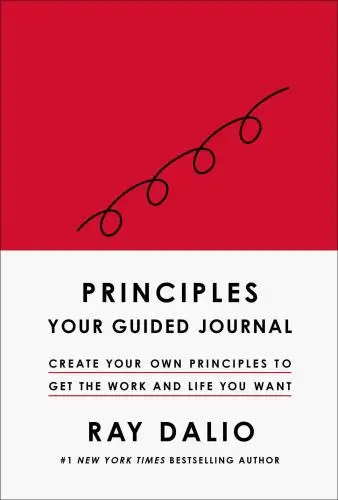Principles
Life and Work
What's it about?
Principles is an insightful guide to achieving success in work and life by applying a set of fundamental principles. Dalio, a successful investor and entrepreneur, shares his wisdom on decision-making, leadership, and personal development. His emphasis on radical transparency and thoughtful disagreement makes this book a must-read for anyone seeking to thrive in a competitive and ever-changing world.
About the Author
Ray Dalio is an American billionaire investor, hedge fund manager, and philanthropist known for his book "Principles: Life and Work." His writing style is straightforward and practical, offering insights into his unique approach to decision-making and leadership. Dalio's work often emphasizes the importance of radical transparency, thoughtful disagreement, and the power of embracing failure as a tool for growth. He shares his experiences and principles in a relatable and accessible manner, making his wisdom applicable to a wide audience.
10 Key Ideas of Principles
Embrace Reality and Deal with It
Accepting and understanding the reality of your situation is crucial for making effective decisions.
This involves being honest with yourself about your strengths, weaknesses, and the challenges you face.
By embracing reality, you can approach problems more pragmatically, focusing on solutions rather than getting caught up in denial or wishful thinking.
This tactic encourages a mindset of learning from mistakes and failures, viewing them as opportunities to improve rather than setbacks.
Learn DeeperStart a Reflection Journal: Every evening, take a few minutes to jot down the key events of your day, focusing on what went well and what didn’t. For the challenges, ask yourself, 'What is the reality I need to accept here?' and 'What can I learn from this?' This practice encourages honesty with oneself and cultivates a growth mindset.
Implement a Weekly Reality Check: Once a week, dedicate time to review your goals and the obstacles in your way. Be brutally honest about what’s working and what’s not. Then, brainstorm practical steps to overcome these hurdles. This could involve seeking advice, acquiring new skills, or adjusting your goals to be more realistic.
Practice Mindful Acceptance: When faced with a difficult situation, take a moment to breathe and acknowledge your feelings without judgment. Then, ask yourself, 'What aspects of this situation can I control or influence?' Focusing on actionable aspects helps in moving from a state of overwhelm to one of empowerment.
- Example
If you’re struggling to advance in your career, instead of blaming external factors, embrace the reality by identifying specific skills or knowledge gaps. Then, take concrete steps like enrolling in relevant courses or seeking mentorship to bridge these gaps.
- Example
When facing financial difficulties, rather than avoiding the issue, confront your spending habits and budget realistically. Embrace the reality of your financial situation by tracking your expenses, identifying unnecessary expenditures, and creating a plan to reduce debt and save money.
Use the 5-Step Process to Get What You Want Out of Life
This process involves setting clear goals, identifying and not tolerating the problems that stand in the way of achieving these goals, accurately diagnosing the problems to get at their root causes, designing plans to eliminate the problems, and executing those plans.
This systematic approach ensures that you are constantly moving towards your objectives by overcoming obstacles through thoughtful analysis and action.
Learn DeeperStart by writing down your goals, both short-term and long-term, to have a clear vision of what you want to achieve. This could be anything from learning a new skill, improving your health, or advancing in your career.
Identify obstacles that are currently preventing you from reaching your goals. This could involve self-reflection or seeking feedback from others to gain different perspectives.
For each problem identified, dig deeper to understand its root cause. Ask yourself 'why' repeatedly until you can't go any further. This might reveal underlying issues you weren't initially aware of.
Develop a detailed action plan for each root cause you've identified. This should include specific steps, deadlines, and metrics for success. Be realistic but ambitious in your planning.
Implement your plans with discipline and persistence. Regularly review your progress and be prepared to adjust your approach as needed. Celebrate small victories along the way to stay motivated.
- Example
If your goal is to get into shape but you find yourself skipping workouts, the root cause might be a lack of motivation or a schedule that's too busy. An action plan could involve setting more specific fitness goals, scheduling workouts as non-negotiable appointments in your calendar, and finding a workout buddy for accountability.
- Example
If you're aiming to improve your financial situation but keep falling into debt, the root cause could be inadequate budgeting or impulsive spending habits. Your action plan might include creating a detailed monthly budget, setting up automatic savings transfers, and implementing a 48-hour rule for all non-essential purchases to avoid impulse buys.
Be Radically Open-Minded
Being radically open-minded involves actively seeking out different perspectives and considering them without letting your ego or biases interfere.
This allows you to benefit from the diverse viewpoints and experiences of others, leading to better decision-making.
It requires humility and the acknowledgment that you don't have all the answers.
This openness can lead to significant personal and professional growth by exposing you to new ideas and ways of thinking.
Learn DeeperPractice Active Listening: When engaging in conversations, especially with those holding opposing views, focus on truly understanding their perspective. This means listening more than you speak, asking clarifying questions, and resisting the urge to immediately counter their points.
Seek Out Diverse Opinions: Make a conscious effort to interact with people from different backgrounds or with different viewpoints. This could be as simple as reading books from authors with whom you might not initially agree, joining forums that discuss varied topics, or attending community meetings or workshops.
Reflect on Your Biases: Regularly take time to reflect on your own biases and how they might be affecting your openness to new ideas. Consider keeping a journal where you note down instances where your biases might have influenced your decisions or perspectives, and think about how you can address this.
- Example
If you're a tech entrepreneur, instead of only networking with fellow tech enthusiasts, attend a local art or humanities lecture to gain insights from a completely different field. The creative problem-solving methods in the arts could inspire innovative approaches in your tech projects.
- Example
When faced with a challenging decision at work, instead of consulting only with your immediate team, reach out to someone in a completely different department or even industry for their take on the matter. Their outside perspective might highlight considerations you hadn't thought of.
Understand That People Are Wired Very Differently
Recognizing and appreciating the diverse nature of people's abilities and thought processes is key to building strong teams and relationships.
By understanding that individuals have different strengths and weaknesses, you can allocate tasks more effectively and foster an environment where everyone's unique contributions are valued.
This approach enhances collaboration and productivity by leveraging the collective skills of the group.
Learn DeeperConduct a skills and personality assessment for team members to identify their strengths, weaknesses, and preferences. Tools like the Myers-Briggs Type Indicator or the StrengthsFinder can provide valuable insights.
Implement regular feedback sessions where team members can discuss what tasks they enjoy and excel at, as well as those they find challenging. Use this information to tailor roles and responsibilities that align with each person's unique skill set.
Encourage cross-training and mentorship within the team. Pair individuals with complementary skills to foster learning and development. This not only helps in building a more versatile team but also promotes a culture of collaboration and mutual respect.
- Example
A project manager notices that one team member excels in analytical tasks but struggles with creative assignments. The manager then allocates more data analysis tasks to this individual while pairing them with a more creatively inclined colleague for projects requiring innovative solutions.
- Example
During team meetings, a leader asks each member to share one task they enjoyed working on and one they found challenging over the past month. This practice uncovers hidden talents and preferences, leading to more effective task delegation and increased job satisfaction.
Learn How to Make Decisions Effectively
Effective decision-making involves weighing the probabilities of different outcomes and making choices that align with your goals and values.
It requires gathering relevant information, considering various options, and using logical reasoning to evaluate the potential consequences of each choice.
This tactic emphasizes the importance of being deliberate and methodical in your decision-making process to maximize the likelihood of achieving desirable outcomes.
Learn DeeperStart a Decision Journal: Keep a record of the significant decisions you make, the reasoning behind them, and the outcomes. This practice will help you identify patterns in your decision-making process and improve over time.
Practice Probabilistic Thinking: When faced with a decision, list out possible outcomes and assign a probability to each based on your current knowledge. This approach helps in visualizing potential futures and making more informed choices.
Seek Diverse Perspectives: Before making a decision, consult with individuals who have different viewpoints or expertise. This can uncover blind spots in your thinking and lead to better-informed decisions.
Implement a 'Five Whys' Technique: When evaluating options, ask yourself 'Why?' five times to drill down to the core of what you're trying to achieve. This method can reveal underlying objectives and ensure your decisions align with your goals.
- Example
Imagine you're considering a job offer. Start by listing the pros and cons, then assign probabilities to key factors such as job satisfaction, career growth, and work-life balance. Consult with mentors and peers in the field, and reflect on your long-term goals using the 'Five Whys' to ensure this move aligns with your values.
- Example
When deciding on a major investment, like buying a house, create a decision journal entry detailing your rationale, financial calculations, and expected outcomes. Seek advice from financial advisors and real estate experts to gain different perspectives. Use probabilistic thinking to assess market trends and potential returns.
Deeper knowledge. Personal growth. Unlocked.
Unlock this book's key ideas and 15M+ more. Learn with quick, impactful summaries.
Read Full SummarySign up and read for free!
Principles Summary: Common Questions
Experience Personalized Book Summaries, Today!
Discover a new way to gain knowledge, and save time.
Sign up for our 7-day trial now.
No Credit Card Needed

Similar Books

Emotional Intelligence at Work
Dalip Singh
Seeing the Big Picture
Kevin Cope
Leadership Is Concept Heavy
Dr. Enoch Antwi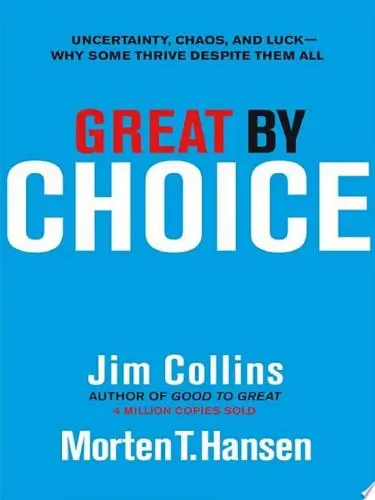
Great by Choice
Jim Collins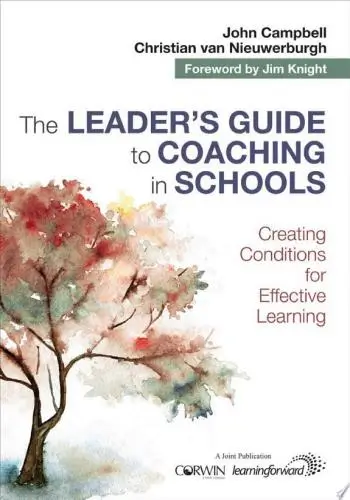
The Leader′s Guide to Coaching in Schools
John Campbell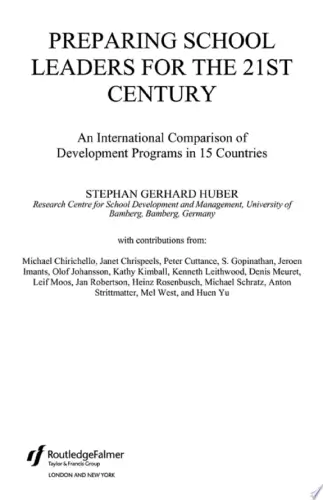
Preparing School Leaders for the 21st Century
Stephan Gerhard Huber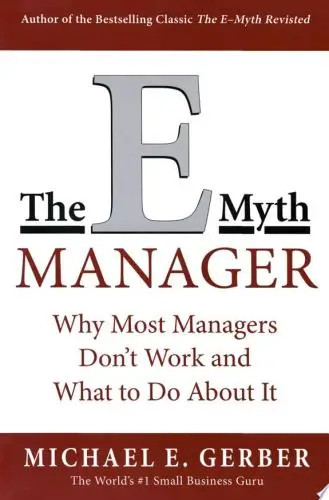
The E-Myth Manager
Michael E. Gerber
Leadership Is Language
L. David Marquet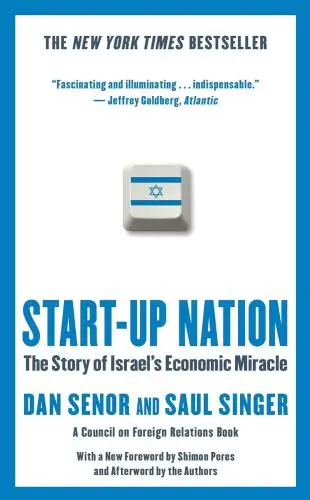
Start-up Nation
Dan Senor
The Founder's Dilemmas
Noam WassermanTrending Summaries

Peak
Anders Ericsson
Never Split the Difference
Chris Voss
Smart Brevity
Jim VandeHei
The Psychology of Money
Morgan Housel
The First 90 Days
Michael D. Watkins
Atomic Habits
James Clear
Thinking, Fast and Slow
Daniel Kahneman
The Body Keeps the Score
Bessel van der Kolk M.D.
The Power of Regret
Daniel H. Pink
The Compound Effect
Darren HardyNew Books

Job Interviews For Dummies®
Joyce Lain Kennedy
Job Interviews In A Week
Alison Straw
Handbook of Career Development
Gideon Arulmani
The Art of Spending Money
Morgan Housel
$100M Offers
Alex Hormozi
A Candle for Kiri
Edna Mae Holm
Principles of Marketing, Global Edition
Gary Armstrong
Serpent Rising: The Kundalini Compendium
Neven Paar
Feeling Is the Secret
Neville Goddard
